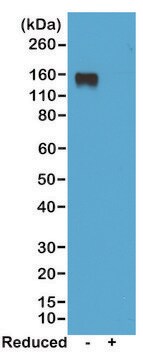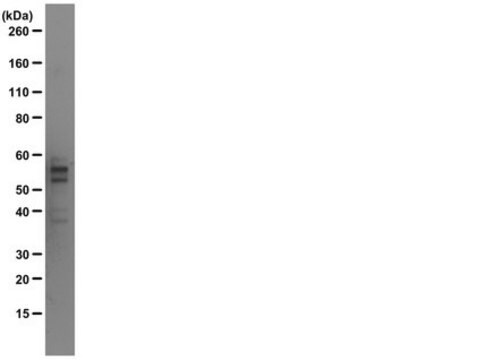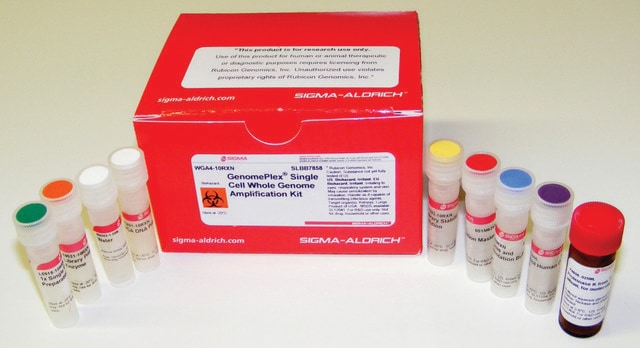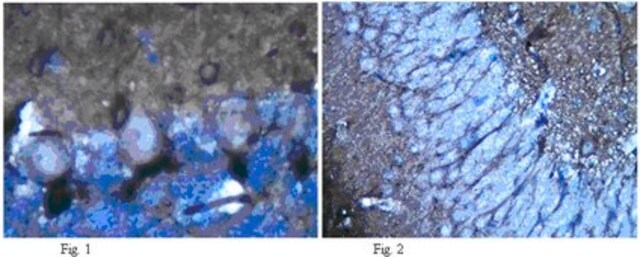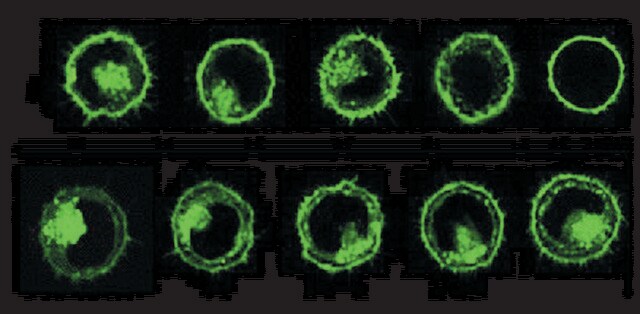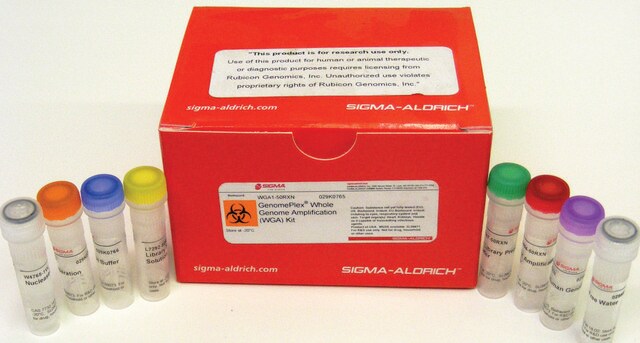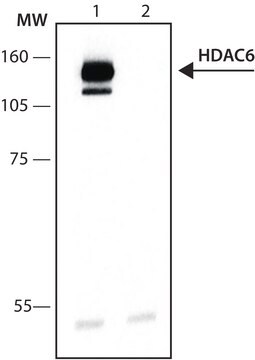MABN291
Anti-IMPDH1 Antibody, clone 4F9.1
clone 4F9.1, from mouse
Synonim(y):
Inosine-5′-monophosphate dehydrogenase 1, IMP dehydrogenase 1, IMPD 1, IMPDH 1, IMPDH-I
About This Item
Polecane produkty
pochodzenie biologiczne
mouse
Poziom jakości
forma przeciwciała
purified immunoglobulin
rodzaj przeciwciała
primary antibodies
klon
4F9.1, monoclonal
reaktywność gatunkowa
mouse, rat, human
metody
immunohistochemistry: suitable
western blot: suitable
izotyp
IgG2bκ
numer dostępu NCBI
numer dostępu UniProt
Warunki transportu
wet ice
docelowa modyfikacja potranslacyjna
unmodified
informacje o genach
human ... IMPDH1(3614)
Opis ogólny
Immunogen
Zastosowanie
Neuroscience
Developmental Signaling
Western Blotting Analysis: 1.0 µg/mL from a representative lot detected IMPDH1 in 10 µg of Jurkat cell lysate.
Immunohistochemistry Analysis: A 1:250 dilution from a representative lot detected IMPDH1 in rat eye tissue.
Jakość
Western Blotting Analysis: 1.0 µg/mL of this antibody detected IMPDH1 in 10 µg of PC-12 cell lysate.
Opis wartości docelowych
Postać fizyczna
Przechowywanie i stabilność
Komentarz do analizy
PC-12 cell lysate
Inne uwagi
Oświadczenie o zrzeczeniu się odpowiedzialności
Nie możesz znaleźć właściwego produktu?
Wypróbuj nasz Narzędzie selektora produktów.
Kod klasy składowania
12 - Non Combustible Liquids
Klasa zagrożenia wodnego (WGK)
WGK 1
Temperatura zapłonu (°F)
Not applicable
Temperatura zapłonu (°C)
Not applicable
Certyfikaty analizy (CoA)
Poszukaj Certyfikaty analizy (CoA), wpisując numer partii/serii produktów. Numery serii i partii można znaleźć na etykiecie produktu po słowach „seria” lub „partia”.
Masz już ten produkt?
Dokumenty związane z niedawno zakupionymi produktami zostały zamieszczone w Bibliotece dokumentów.
Nasz zespół naukowców ma doświadczenie we wszystkich obszarach badań, w tym w naukach przyrodniczych, materiałoznawstwie, syntezie chemicznej, chromatografii, analityce i wielu innych dziedzinach.
Skontaktuj się z zespołem ds. pomocy technicznej